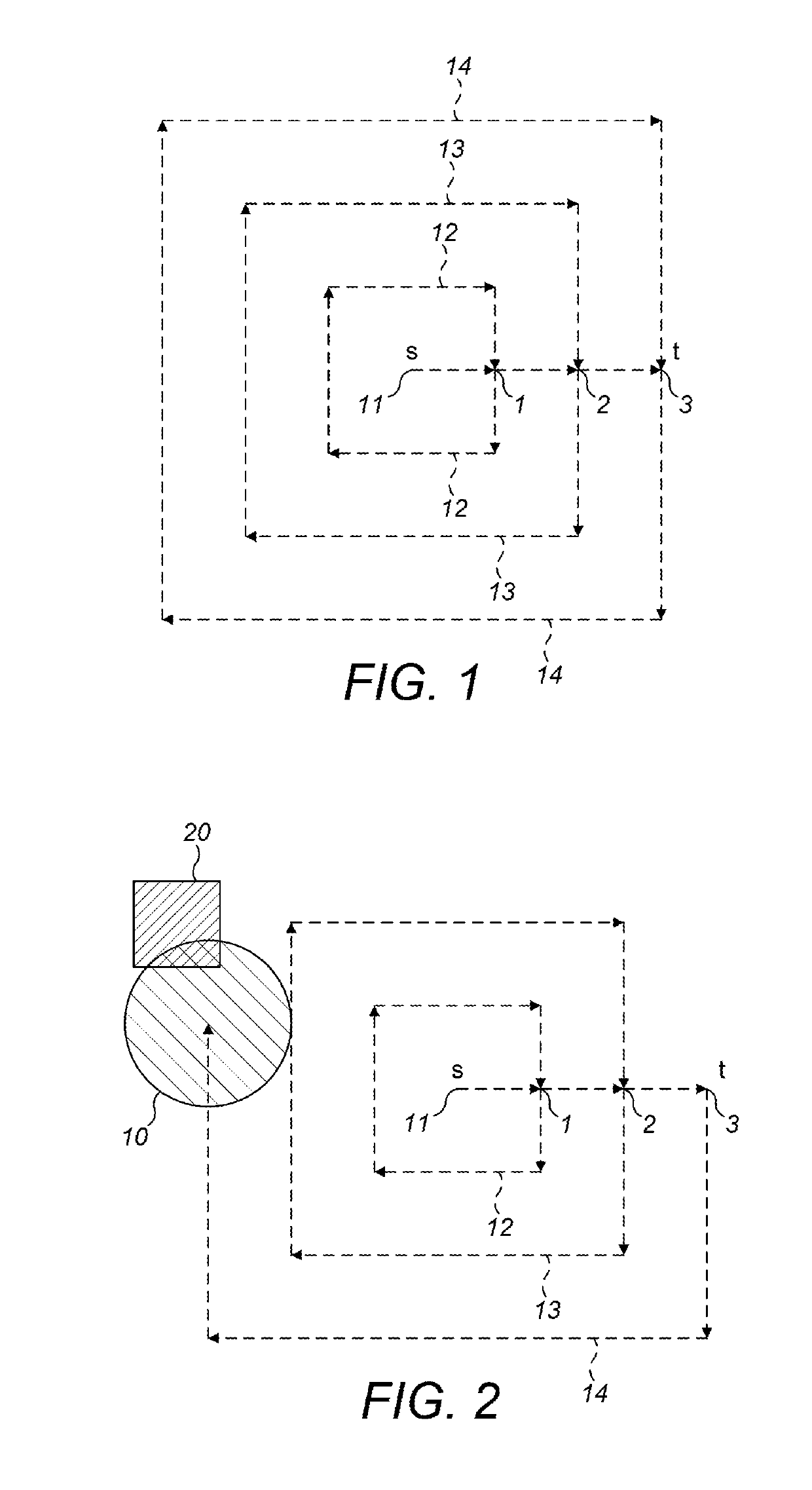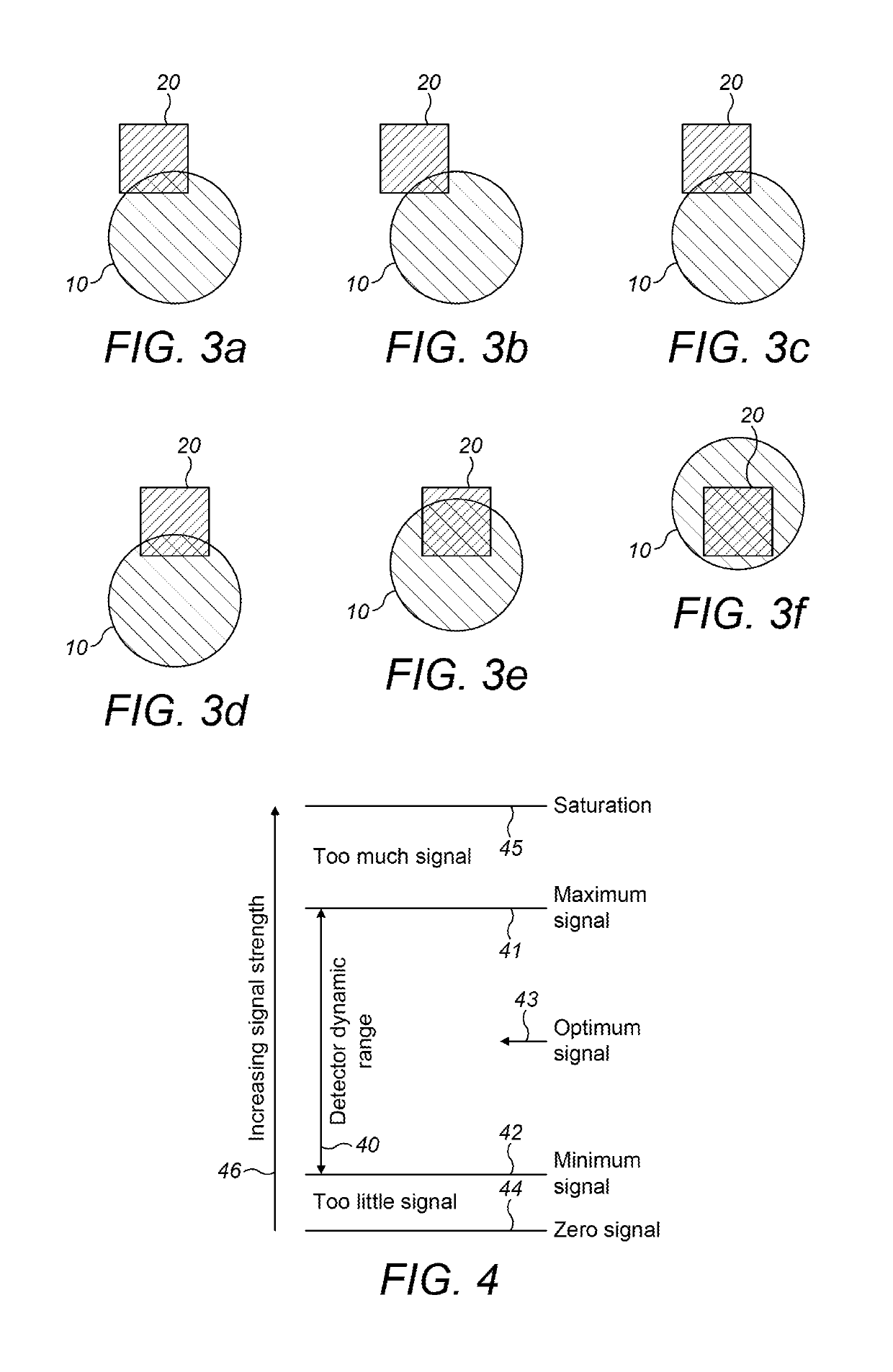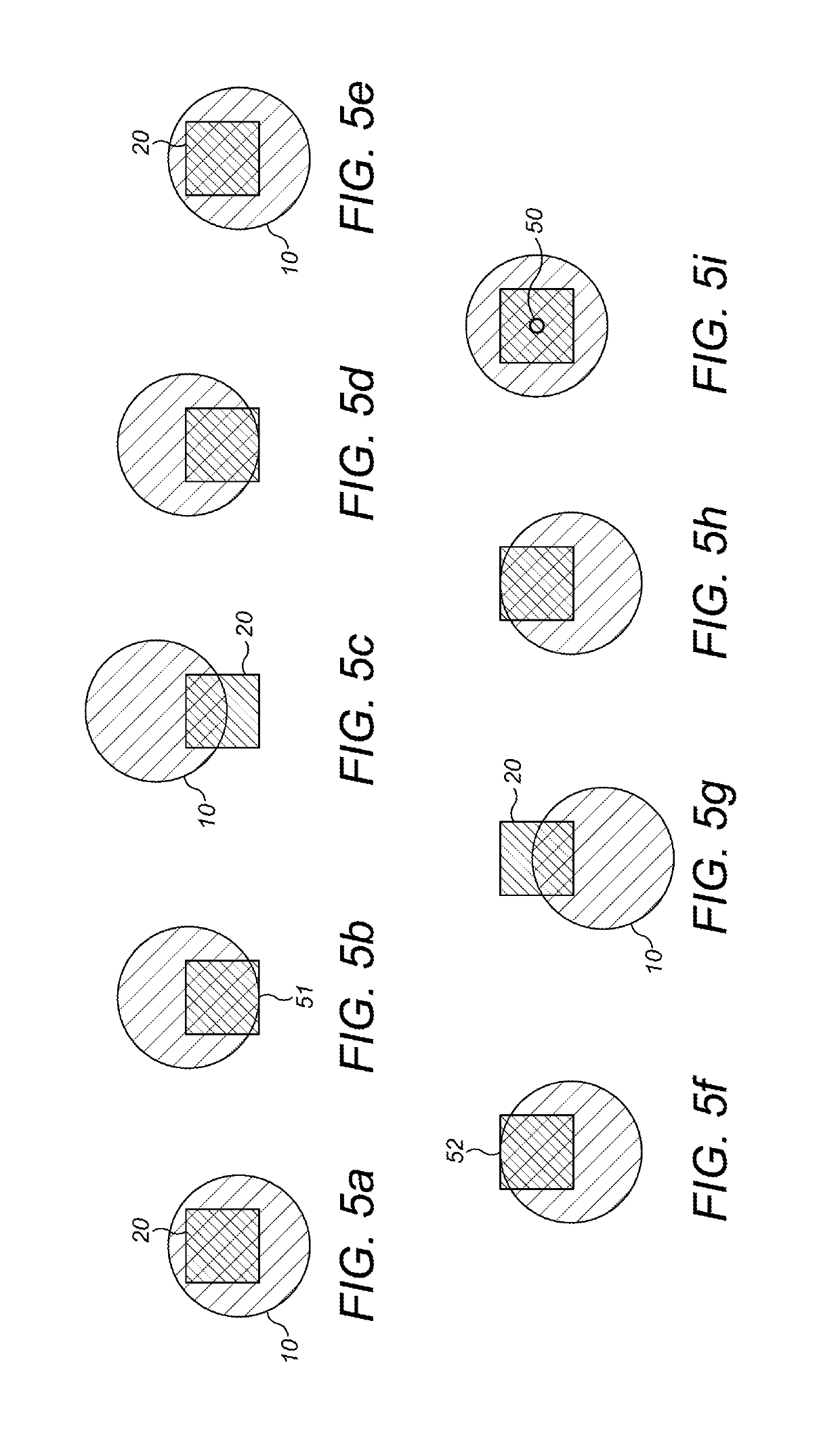Beam alignment
a beam alignment and beam technology, applied in the field of beam alignment, can solve the problems of reducing the level of light, affecting the stability of the beam alignment, and achieving the wrong alignment, so as to reduce the level of light and improve the stability
- Summary
- Abstract
- Description
- Claims
- Application Information
AI Technical Summary
Benefits of technology
Problems solved by technology
Method used
Image
Examples
Embodiment Construction
[0061]An overall alignment process has two main steps: firstly, laser targeting of the reflector; and, secondly, an auto-align procedure. In laser targeting, a user remotely maneuvers a detector, using its internal motor, so that an integrated visible laser is pointing at the reflector. The laser is only a rough alignment guide; however, and having the laser on the reflector is no guarantee that the Infrared (IR) beam is also perfectly aligned on the reflector. The auto-align procedure is used to properly align the IR beam on the reflector and has three main steps; search; adjust; and centre. In a preferred embodiment, during the installation procedure, auto-align is automatically initiated after the user has turned off the laser.
[0062]The auto-align procedure is implemented through an algorithm (which is run by a computer), which algorithm requires a minimum signal level (i.e. a minimum amount of light returned by the reflector) for it to complete correctly. As such, the first cons...
PUM
| Property | Measurement | Unit |
|---|---|---|
| size | aaaaa | aaaaa |
| power | aaaaa | aaaaa |
| threshold | aaaaa | aaaaa |
Abstract
Description
Claims
Application Information
 Login to View More
Login to View More - R&D
- Intellectual Property
- Life Sciences
- Materials
- Tech Scout
- Unparalleled Data Quality
- Higher Quality Content
- 60% Fewer Hallucinations
Browse by: Latest US Patents, China's latest patents, Technical Efficacy Thesaurus, Application Domain, Technology Topic, Popular Technical Reports.
© 2025 PatSnap. All rights reserved.Legal|Privacy policy|Modern Slavery Act Transparency Statement|Sitemap|About US| Contact US: help@patsnap.com



